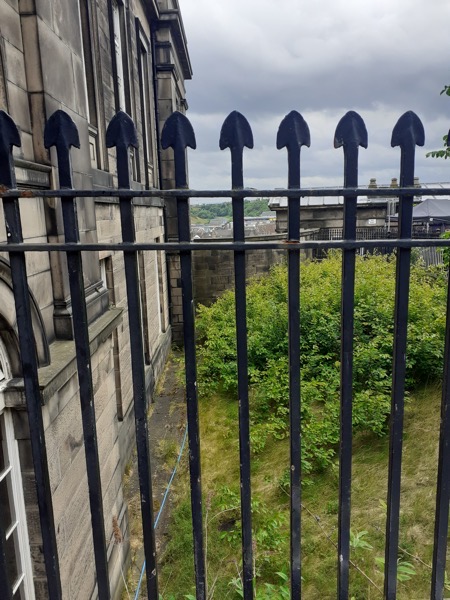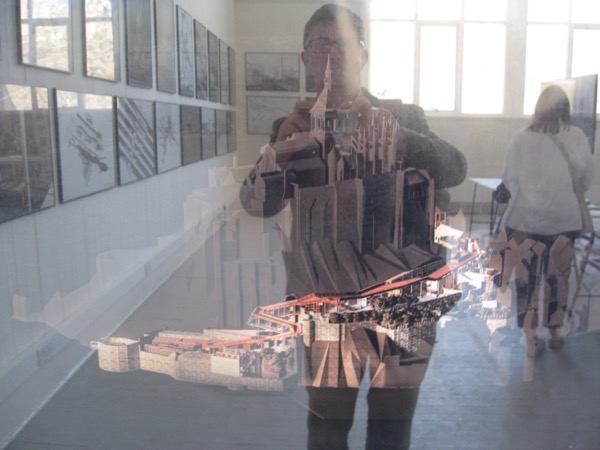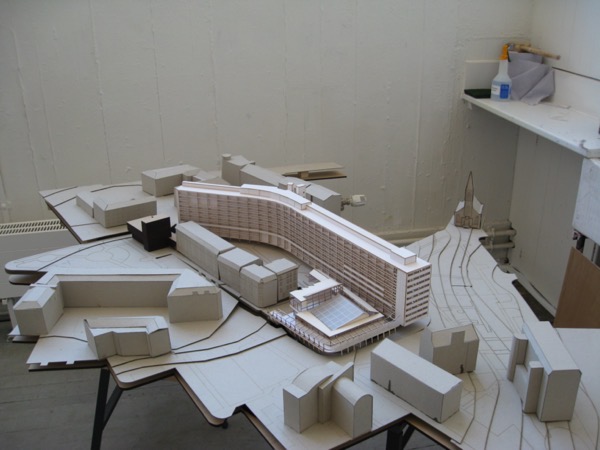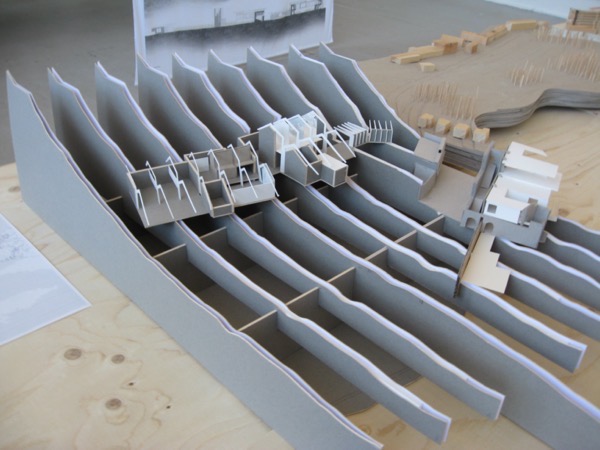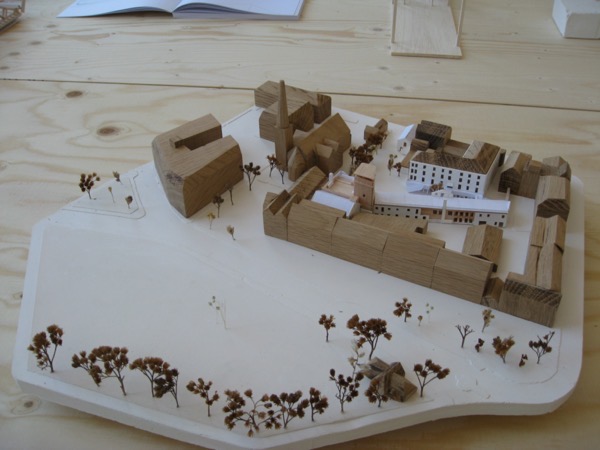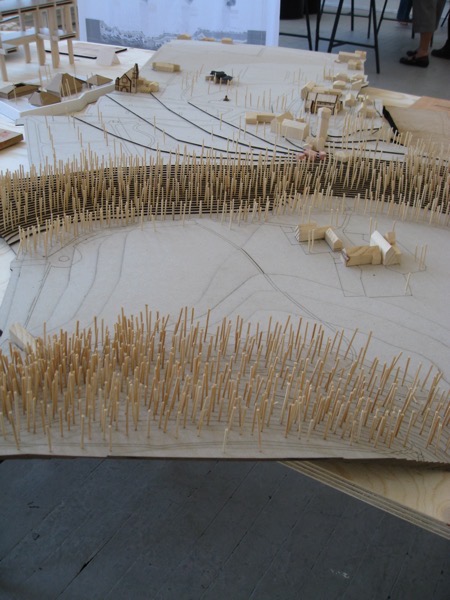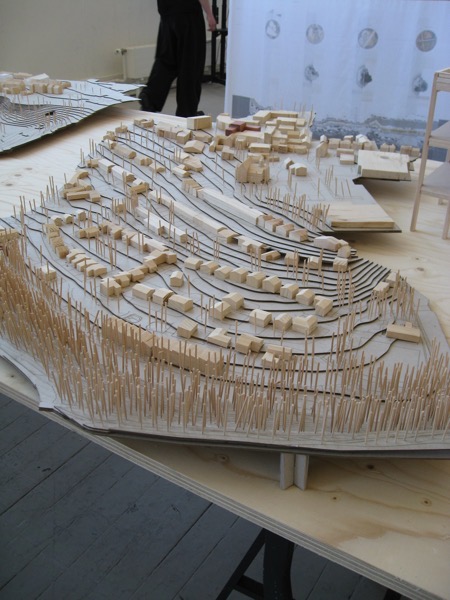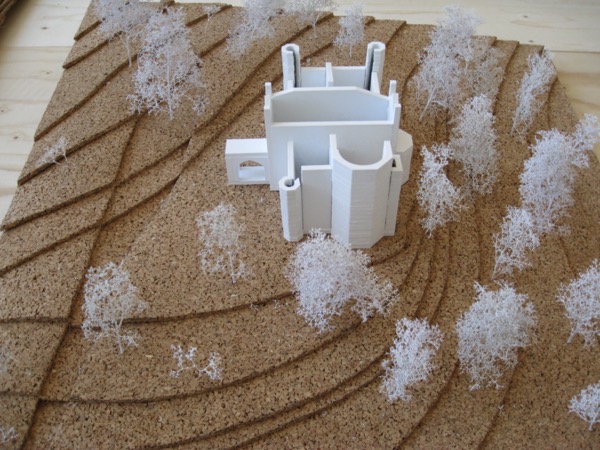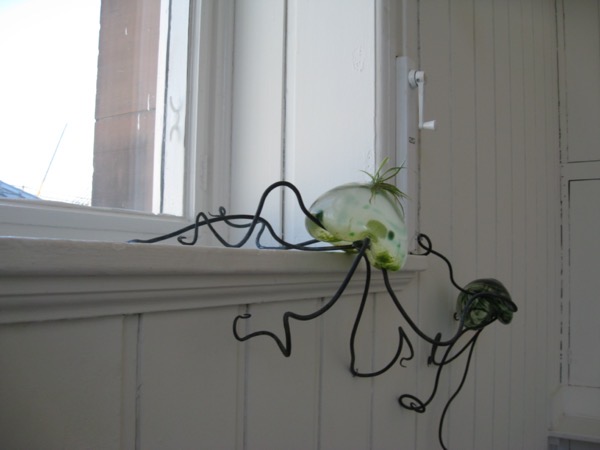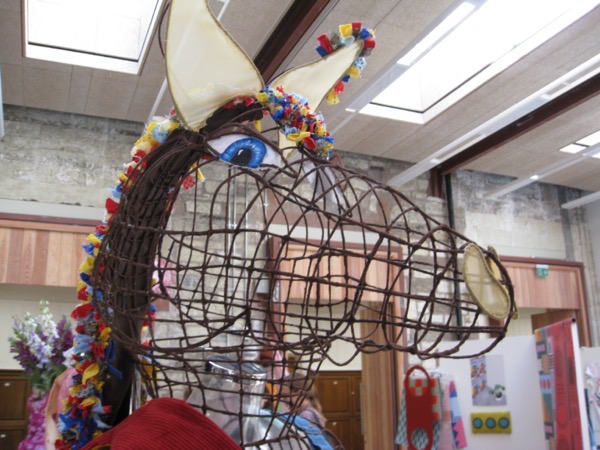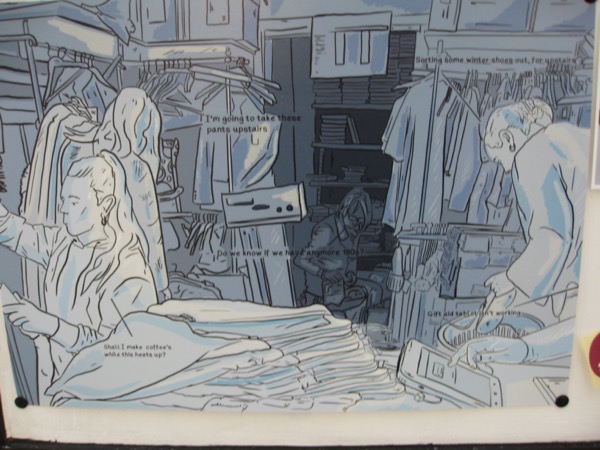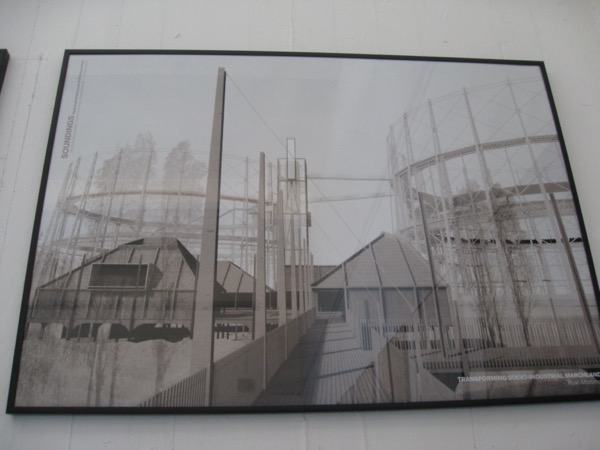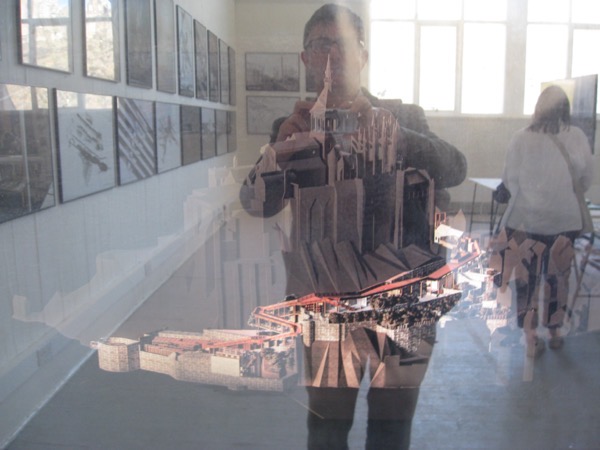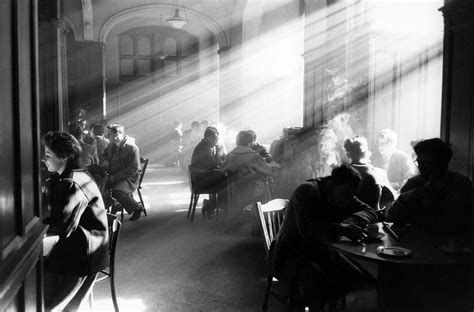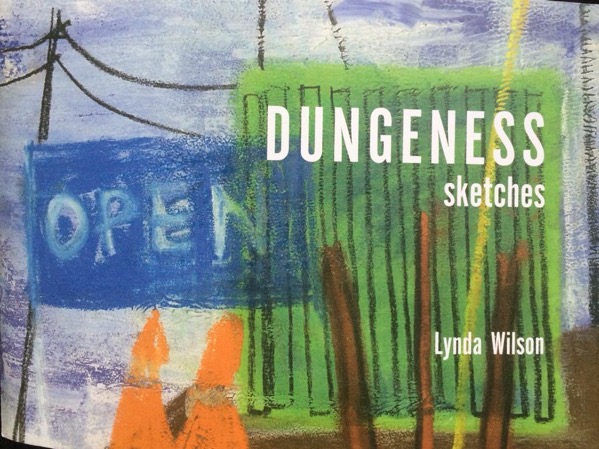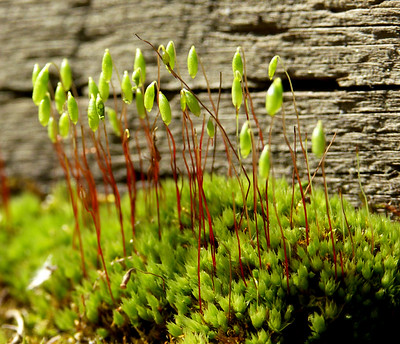
Lockdown in its various shades has now been going on for over a year, I was sent home in March 2020, and I have not been to the office since then.
In theory things are starting to revert to normal, though when I am out and about, or speaking to family or colleagues, none of us quite believe that things are actually going back to normal in the foreseeable future.
It seems worthwhile to think about what this new normal might mean for homes and offices.
For Homes – on the evidence of endless televised webcam interviews, people are not creating offices within their houses. People might have a bit of table space, or have an attractive backdrop for when they are on video calls, but no one seems to be setting aside rooms to create a virtual office. Possibly the fact that it is virtual, no colleague will ever visit it in person, and so much of our life is discharged via the medium of a screen, and not even a big screen, a laptop or mobile phone screen often, means the office paraphernalia is minimal. You might have thought that stationers like Paperchase would boom during an extended period of home working, but they have not. Everything is just virtual. People in general have not been treating themselves to dedicated office space, stationery, fancy desks, or filing cabinets. Those wee desks with a tambour top, that allow you to fold away your laptop out of sight are popular according to the antique shops, but that is about it.
What people have been doing is spending more on outdoor space, the burly lads doing the heavy lifting in gardens have never been busier, creating outdoor space. The fancy sheds in the garden have also been booming, benefiting from some very generous permitted development rules. There are also plenty of skips, suggesting that garages and lofts have been cleared out to make space.
While people have been making their outdoor space work better, and making their indoor space work better, they don’t seem to be fundamentally changing how their homes are organised. The old staples of more space is always better, and flexible space is best of all, still seem to rule.
On the evidence of the Sunday papers, the other trend seems to be people moving from the city to the country. I live in a quiet suburb with traditional sized gardens, for most residents these gardens were far too large and an encumbrance, but with covid and home working they are now valued far more than they ever were before. Big gardens, roomy houses, elbow room, a hint of nature, liveable walkable neighbourhoods all seem popular. Whether this is achieved by staying where you are (twenty minute neighbourhoods) or by a flit to the country.
I heard a recent presentation on the environmental impact of such moves to the country, in terms of carbon emissions. Counter intuitively a move to the country and less commuting did not automatically translate into less carbon emissions. If you were swapping a small flat for a big country house with oil fired central heating it was a bit of an environmental disaster. In theory we are migrating away from oil, gas and coal for heating, but if electricity is to fill that particular gap then we will need to radically rethink how we heat our houses. Boiling a kettle of water consumes around fifty pence worth of electricity, we cannot cheaply heat our houses with electrically heated hot water.
But some people are thinking even bolder than that, according to The Times interest in French chateaux has rocketed. if you can live anywhere with a decent broadband, then maybe think bigger than just a slightly bigger house. There will be plenty of people with the money to make a chateaux work, and it has to be better than a flat in locked down London.
It is possible to make working from home work for you. It is possible to get most everything delivered. You can entertain if you have the space. You can enjoy a good quality of life, and we are avoiding shared spaces, then a bit of isolation is not a bad thing. Sharing a house with a few other people working from home is reasonable enough. It provides a bit of company, and someone else to answer the door if you are on an urgent call.
Perhaps in future groups of people will start sharing desirable properties, sharing the bills and sharing the lifestyle. CoHousing is one approach, but there are plenty of others, and it does not need to be as grim as the horrendous Young Ones experience of student life.
For Offices – flipping this round, if people are working from home, or hybrid working, then what will the office do? A working assumption is that some degree of physical separation of people is likely to continue. So shared spaces like tea points and lifts are problematic. Offices will need to be more spacious and better ventilated. Some people will opt to work in the office as they always did. But for those with a long commute or childcare, then this is likely to be problematic. The saved time and gained flexibilities from lockdown are unlikely to be willingly given up. A hybrid office with only part of the working workforce physically present is a very different beast. Instead of the lone voice on the bat phone being the exception, we might all be virtual presences, with no physical meeting at all. Even if you are in the office, why rush off to a meeting room, when you can do the meeting at your own desk.
The functions that offices will need to perform are those where being present is necessary. So more flexible working spaces, meeting rooms, breakout rooms, less banks of desks cluttered with pot plants and personalised mugs. Offices in places that are worth going to are also likely to do better. Bland office monocultures like Canary Wharf are increasingly likely to prove unappealing. If I am going to my office for a physical meeting, then doing that in the morning, with an afternoon at some nearby attraction, gallery or museum, is a more appealing option.
Underpinning this last though is the heartfelt plea that we need to be much clearer on what the expectations are on employees. With covid it was natural that there was a bit of a war time mentality, but the always on, always on call, work till you drop culture does need to change. There needs to be a great acknowledgement that by not being available we are not deserting our post in the country’s hour of need, we are simply doing what we are paid for, and enjoying the other half of our lives.


